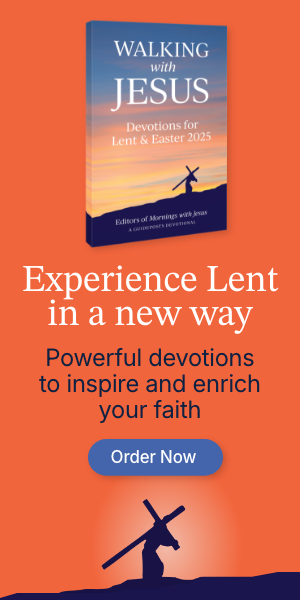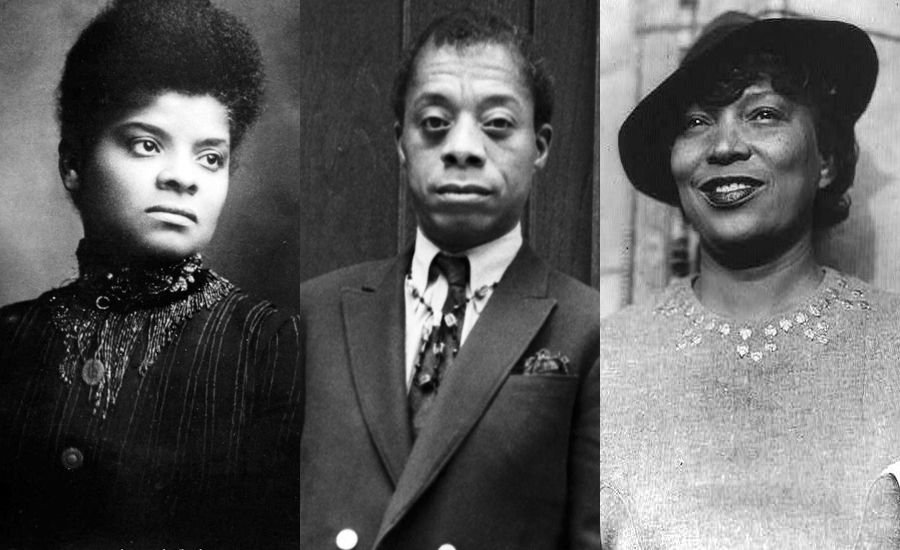Fasting is one of the most common—and one of the most misunderstood—spiritual practices outlined in the Bible. Reverend Masud Ibn Syedullah, an Episcopalian Priest, talked to Guideposts.org about the significance of fasting and why it is such an important spiritual practice.
Many people see fasting as something to use for dieting purpose or only to be done during Lent. Syedullah, on the other hand, sees fasting as something much bigger than a diet or seasonal devotion.
“Fasting is an intensification of the intention of prayer,” Syedullah said. “There’s a tradition within the Christian faith that when one wants to highly focus on a particular issue or to present a particular issue before God, that one does that with focused prayer, especially with fasting.”
Syedullah sees fasting and prayer as intricately related. “When one is deliberately going without food, you’re not just passively praying, you’re saying that this is something of importance,” he said.
However, Syedullah is quick to point out that the primary focus of fasting is not making something happen.
“Some people look upon both prayer and fasting in kind of magical ways,” Syedullah said. “They look upon it as a way to manipulate God.”
The real secret to fasting, Syedullah said, is that it’s much more about changing us than changing God.
For examples of fasting in action, Syedullah looks to Scripture.
“I think the most poignant [example] is Jesus,” Syedullah said. “After He is baptized…He goes into the desert for 40 days and 40 nights, and is in a period of prayer and fasting in the wilderness.”
Syedullah points out that it is during this time of fasting and prayer that Jesus is tempted by Satan. He says this may be because fasting puts your brain in a more open space.
“I don’t know the chemistry behind that,” he said. “But certainly when one is going without food and drink, one is more receptive. There’s a physiological dimension that affects one’s spiritual perception and awareness.”
It’s after this period of fasting and temptation that Jesus began his public ministry. This aligns with Syedullah’s view that fasting is an active form of prayer.
“Prayer and fasting open us up to discerning [how] we might participate in God’s blessing,” Syedullah said. “Prayer and fasting…are means of providing agency for us by empowering us and helping us to have greater clarity about what now needs to be done.”
Many view fasting as fundamentally tied to Lent, the 40 days leading up to Easter, which in some Christian traditions, are set aside for fasting.
“Lent is a season of penitence,” Syedullah said. “[It is] a [time] to realize one’s dependency on God…to realign our thoughts, our actions, our behavior, our way of living more closely to the pattern of Jesus, what God is calling for in our life.”
But Lent is not just about giving up food. Syedullah mentions that many people will read a daily devotional or scriptural section during Lent or attend special worship services. Fasting is only one aspect of Lent’s spiritual significance, and there’s no one correct way to fast during the Lenten season.
“If [someone] is not used to fasting it might be a good idea to ease into it,” Syedullah said.
There are several types of fasts people might do during Lent, depending on their health needs. Syedullah suggests beginners start with a partial fast, perhaps from sunup to sundown, and to drink plenty of water no matter what type of fast you are doing. The most important thing isn’t what you physically fast, but the intent behind your fast.
“The most important thing is that [the fast] is being done with a degree of intentionality, of being open to being filled by God,” Syedullah said. “Fasting is a reminder that material things are not the only things that are important.”





